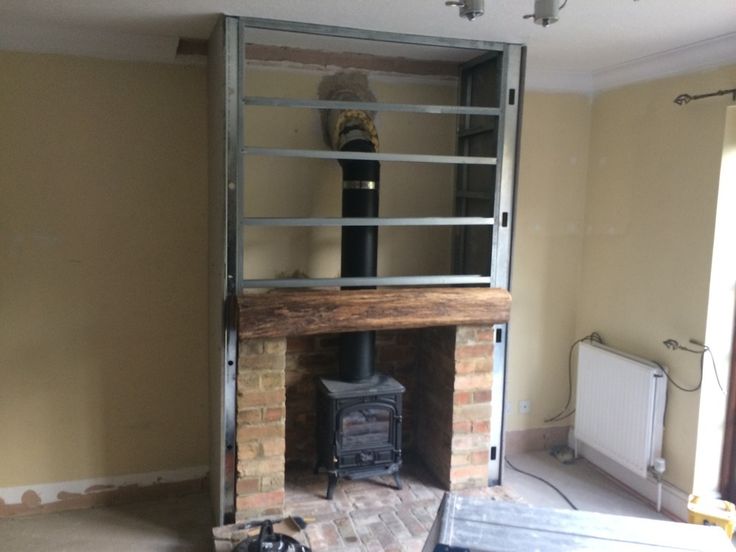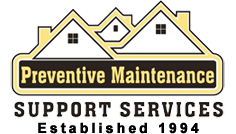 Wood burning fireplace usually made of brick or stone due to the heat-retaining qualities of these materials. Sometimes a firebox will be metal, thanks to its resistance to cracking. But a fireplace isn’t limited to being a built-in firebox. Other forms that a fireplace can take include an outdoor fireplace (different from a fire-pit due to the presence of a chimney structure) or a fully operational wood stove.
Wood burning fireplace usually made of brick or stone due to the heat-retaining qualities of these materials. Sometimes a firebox will be metal, thanks to its resistance to cracking. But a fireplace isn’t limited to being a built-in firebox. Other forms that a fireplace can take include an outdoor fireplace (different from a fire-pit due to the presence of a chimney structure) or a fully operational wood stove.
Most wood-burning fireplaces are built of heavy masonry materials on solid foundations with masonry chimneys. Some are factory built and have special triple-wall, stainless steel chimneys. A masonry fireplace’s firebox is built with special, heat-resistant firebrick, and the interior of the chimney is lined with heat-resistant, square clay tubes, called “tiles.” The visible parts of the chimney, hearth, and fireplace are typically made of non-combustible materials like standard brick, stone, or tile. The chimney is sometimes capped with a metal or stone slab to keep rain and snow out, as well as the screen to keep birds and animals out of the chimney. The screens serve another use. The screen also acts as a spark arrester, containing any embers which happen to make it all the way up the chimney to the top.
Wood Burning Fireplace
Over the time as it gets old, there few problems that commonly occur.
Cracks found in the Masonry joints expand and contract with seasons and temperature fluctuation. This can lead to cracks forming and allowing smoke, carbon monoxide, and sometimes even stray embers to get between your walls our out of the chimney and onto your roof. Cracks will most often form at corners before they form anywhere else. However, cracks in the middle of the back of a fireplace aren’t uncommon. If found early enough, simple brick mortar repair can resolve the issue.
Water can get in through cracks (see above) and cause damage in the form of mold and wood rot. These cracks are usually at the roofline when flashing and sealers fail and allow rainwater to seep inside. Also, the water is acidic and when it combines with creosote, dampers can get rusted and fail. The water can destroy existing mortar and damage wood near the fireplace, such as ceilings and floors. Repairing this part of your fireplace can be either DIY or a professional job. Depending on the height and slope of your roof, you may want to leave it to a contractor.
Brick and stone fireplaces have a lot of the same common repairs needed, most frequently requiring mortar repair. Cracks are most prone to form at joints and corners and should be repaired as soon as possible to avoid costlier repairs later. However, excessive moisture can be absorbed by bricks and porous stone, causing these materials to break themselves. The acidic combination of water and creosote can also cause a breakdown of the materials if cracks are not seen to and chimneys are not properly maintained. Metal fireboxes don’t usually crack, but the creosote/water compound can cause it to rust and deteriorate.
Outdoor fireplaces are most prone to weather damage. The mortar can deteriorate and cause bricks or stones to become loose and fall out. Any glazing, such as for decorative tiles, must be maintained, and the firebox should be cleaned out regularly due to its exposure to wind-blown debris. Any metal parts, such as a grate or metal flue insert, will be prone to rust unless properly covered. If you live in an earthquake zone, they should be inspected after every such incident just like an indoor fireplace should be.
Wood stoves are cast iron stoves that are meant to be every bit as functional as they are decorative. The most common issue with wood stoves is a failure of the door gasket. The gasket keeps smoke from billowing out into the room, and while these gaskets are made to withstand the heat of a fire, time can cause them to break down. They are replaceable, however, and are easily done by the homeowner. The cost will vary depending on the manufacturer and the size and type of the stove.



